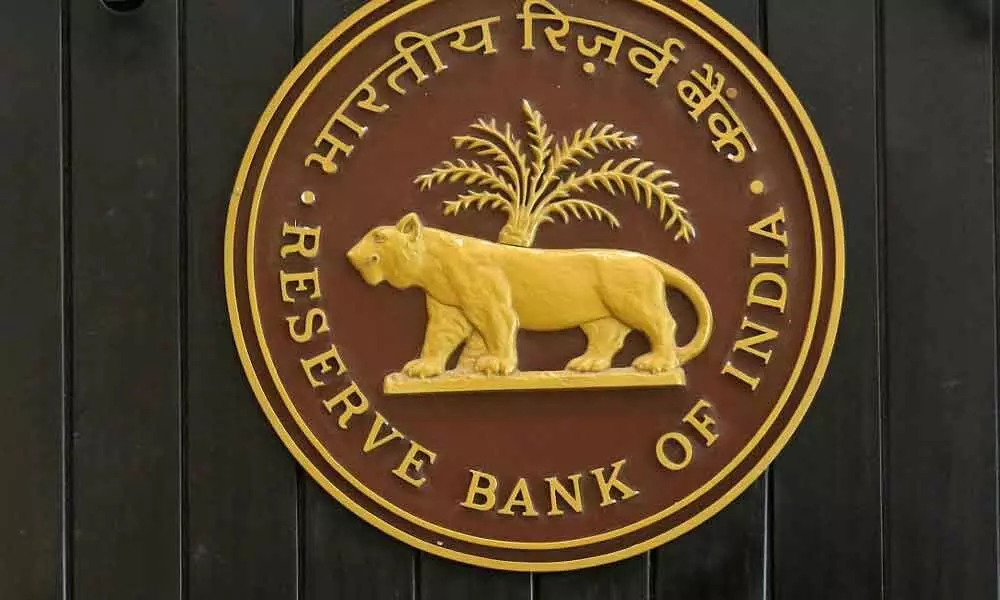RBI may take a pause for now, but rates are set to go northwards
Thanks to the dip in factory output (IIP) and rise in consumer inflation (CPI), there is a likelihood that the RBI may continue its accommodative stance when it reviews the annual monetary policy for the first time in the current calendar year post Budget. Again, there are indications that rate hike may take place as we go ahead in the year.
image for illustrative purpose

Thanks to the dip in factory output (IIP) and rise in consumer inflation (CPI), there is a likelihood that the RBI may continue its accommodative stance when it reviews the annual monetary policy for the first time in the current calendar year post Budget. Again, there are indications that rate hike may take place as we go ahead in the year.
The IIP displayed an expected moderation to a feeble nine-month low growth of 1.4 per cent in November, with the impact of the slackening momentum after the festive season compounded by the disruption caused by heavy rains in South India, amid the continuing issues afflicting the auto sector, says an Icra report. The headline CPI inflation also rose to 5.6 per cent in December from 4.9 per cent in a month ago, due to an unfavourable base effect, even as food inflation moderated sequentially, led by vegetables.
Not to mention, retail inflation hardened for the third month in a row to 5.6 per cent. Food inflation jumped to 4 per cent, from 1.9 per cent in a month ago. Core inflation, though elevated, softened slightly to six per cent. But the story doesn't end here.
Despite GDP and industrial growth rates being fragile and volatile, in view of the rising inflation, analysts believe, the RBI is likely to start raising the policy rate in the near future, if not immediately, by up to 100 bps later during the year. And analysts have got a reason to believe this. Nearly 40 per cent of the 100 countries to watch have already raised policy rates – by an average (median) of 150 bps.
Inflation was all set to go up as we go ahead in new calendar year. The depressed base of the last 12 months and expected pronounced hikes in minimum support prices (MSP) for agricultural produce (to support rural income) are likely to result in rising food inflation. The reverse is expected for fuel.
Around 40 of the 100 countries have raised policy rates by a median of 150 bps. While the rate hikes so far have been more in Eastern Europe and South America, in Asia too rate hikes have begun in countries such as Indonesia and South Korea. In the immediate neighbourhood, Pakistan and Sri Lanka have raised policy rates. Analysts expect India, too, to start raising interest rates soon and the RBI may raise the policy rate by up to 100 bps in 2022. This can have negative impacts, at least in the short-term, on both the equity and bond markets.
The inflation-led dissenting noises in the MPC may continue and so do the liquidity repricing by stealth. The monetary reaction function, as per an analysis, is currently hinging more on growth revival becoming sustainable, but a rapid change in global dynamics and a swift move in the Fed's reaction function could tie the RBI's hand this year - contingent upon global volatility.

